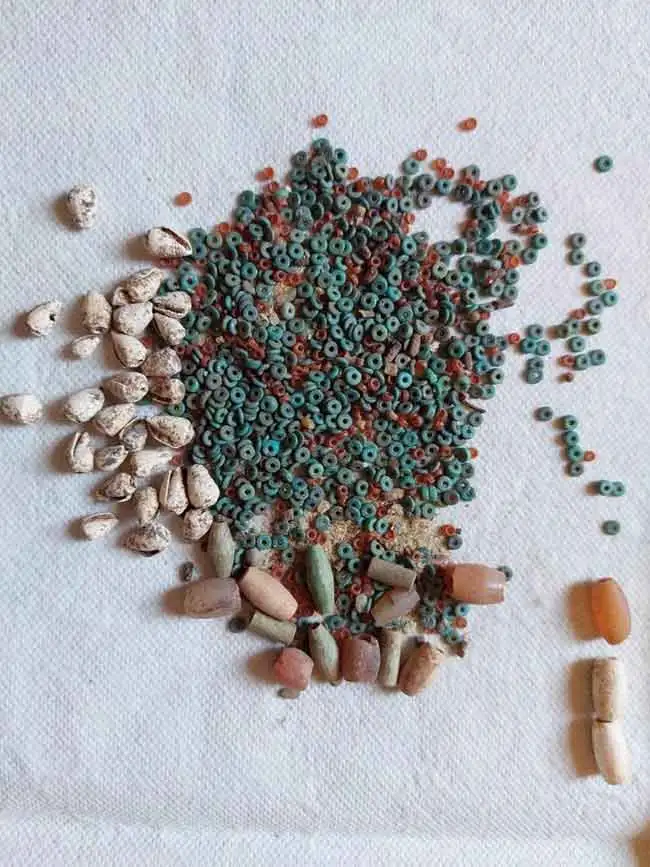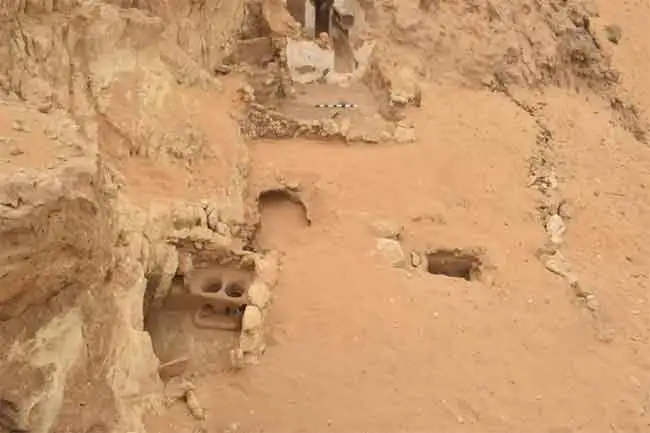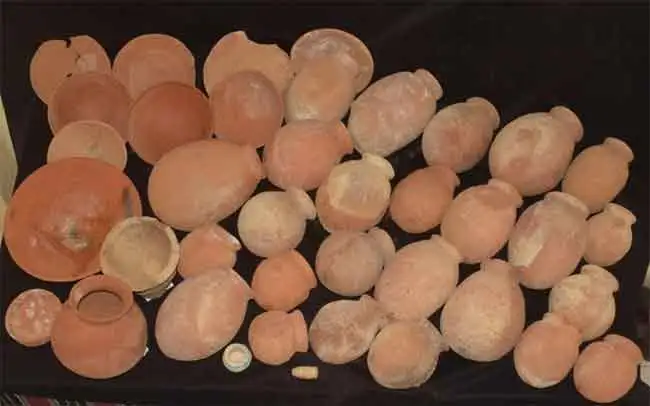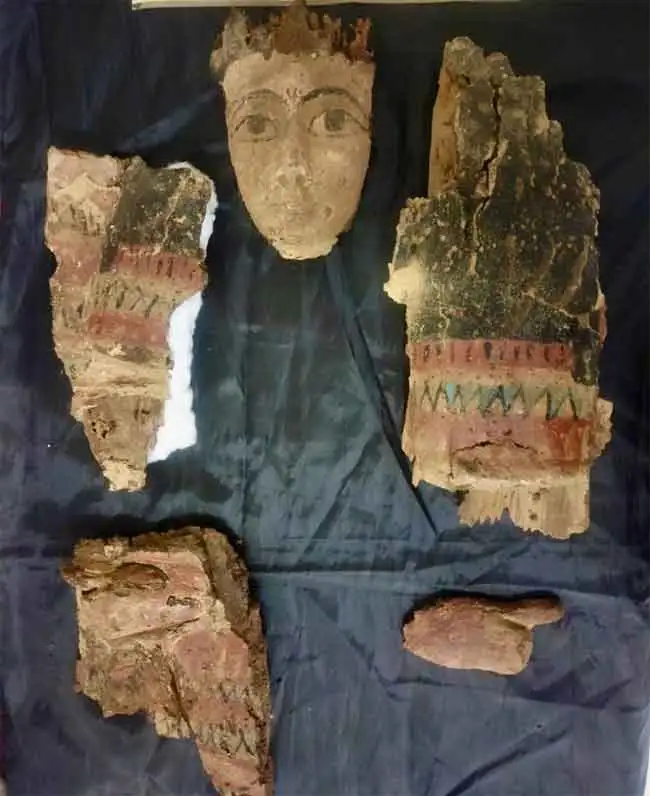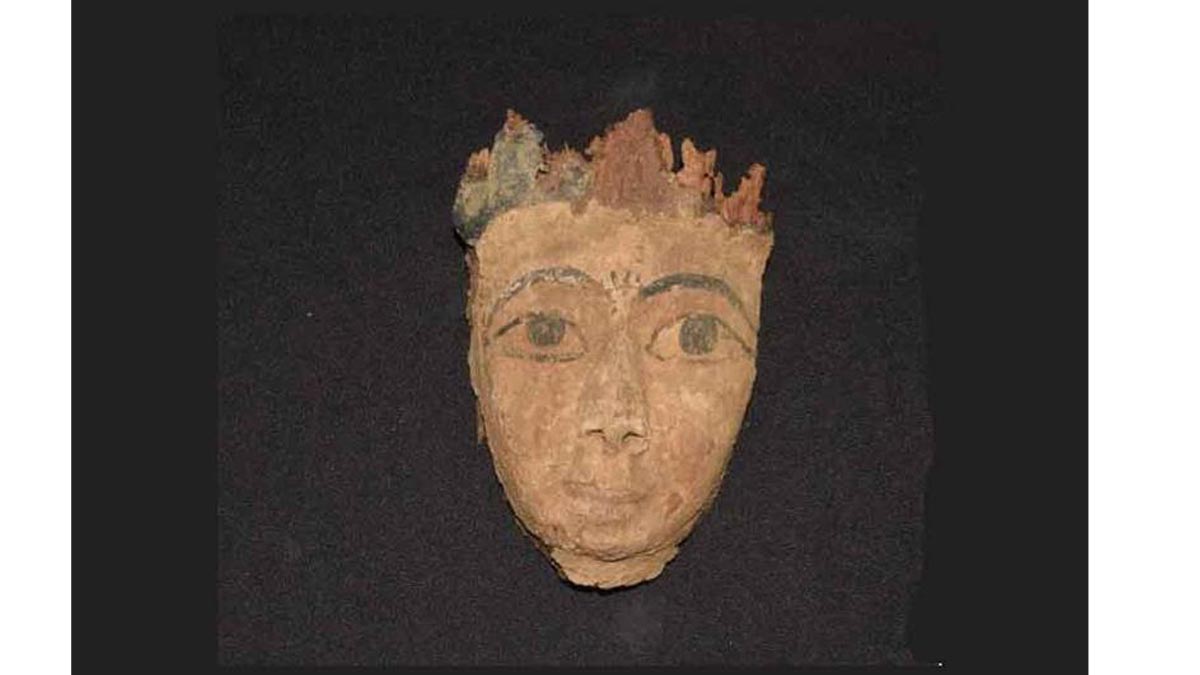Archaeologists uncover Late Period and Byzantine discoveries at the Necropolis of Meir in Egypt
A team of archaeologists in Egypt have found structures, burials, and objects dating back to the Byzantine and Late periods in the Necropolis of Meir in the Assiut governorate.
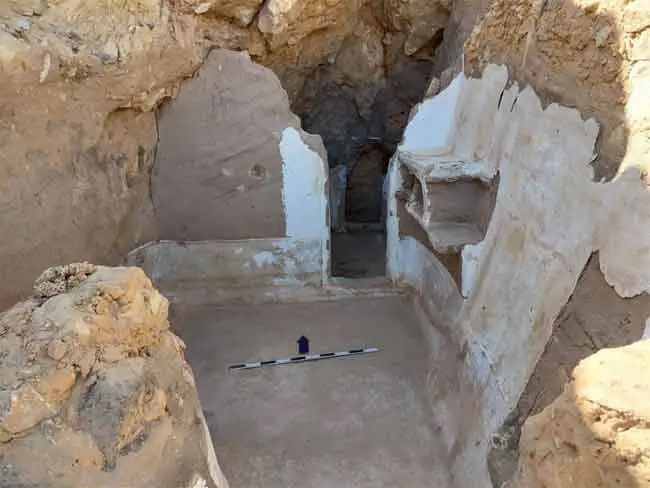
The discovery was important due to the breadth of finds from the ancient, middle, and late periods in ancient Egypt.
Meir is approximately 50 kilometers to the northwest of the city of Assiut in Upper Egypt. Tombs situated on the hillside were utilized as the final resting places for the provincial rulers, also known as nomarchs.
Late Period and Byzantine discoveries at Assiut, Egypt
The discovery was announced on social media by the Secretary General of the Supreme Council of Antiquities Mostafa Waziri.
He commented that the discoveries made at the archaeological site were notable due to the wide breadth of Egyptian history they covered.
For example, the Late period marked the final era of native pharaonic rule in Egypt from 664 BC until 332 BC.
Roman rule on the other hand, began in 30 BC with the demise of Ptolemaic Egypt and ended in the 7th century AD when the Byzantine (Eastern Roman) emperors could no longer resist the Muslim conquests in the region.
Dr. Adel Okasha, head of the Central Department of Antiquities of Middle Egypt, explained that the finds consisted of buildings and structures in the upper layer and burials, skeletons, and funerary items in the lower layer.
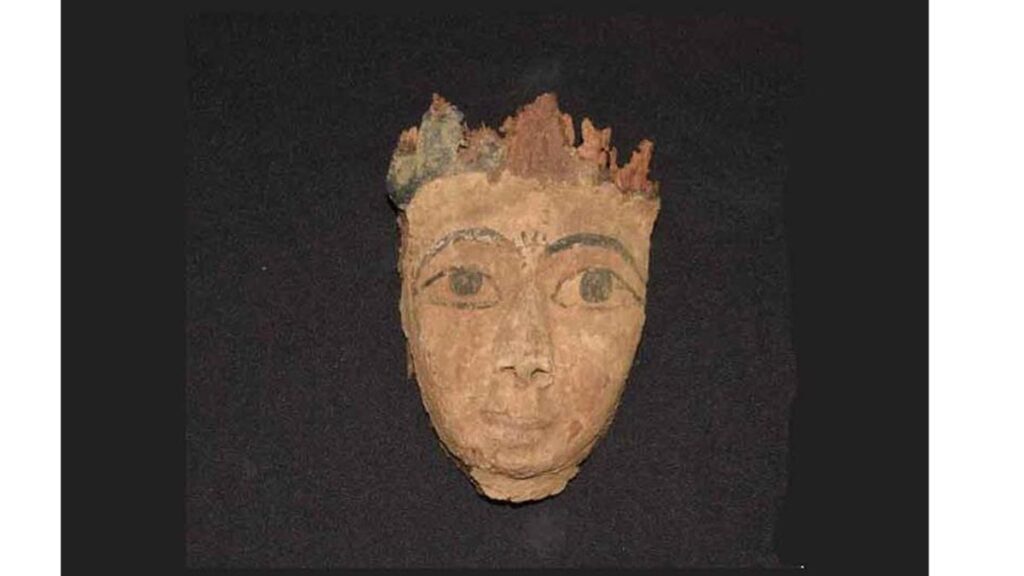
Artifacts
The buildings in the upper layer appear to have been lived in by monks during the Byzantine period in Egypt.
According to Waziri, a religious text containing supplications was discovered on a wall inside the building. The script was written in Coptic and consisted of eight horizontal lines in black ink. Above the lines were shelves made of mud and hay, which were probably utilized to store the belongings of the monk and manuscripts.
The buildings in the upper layer appear to have been arranged around a courtyard and consisted of several attached rooms. A fireplace and storage areas were also discovered.
Okasha explained that in the lower layer, the excavated graves contained the remains of wooden coffins, skeletons, and funeral objects. However, due to poor preservation, these items were in a state of decay.
He added that one of the burials belonged to a woman, although her coffin was discovered in a poor state of preservation. Only a mask, two palms, and fragments of the chest were salvageable remnants of her burial.
Also found at the site were pottery vessels of various different shapes and sizes, as well as a collection of blue and black faience beads and two copper mirrors.
Meir is also host to a series of tombs hewn into the rock, which date back to the Old and Middle Kingdom periods.
